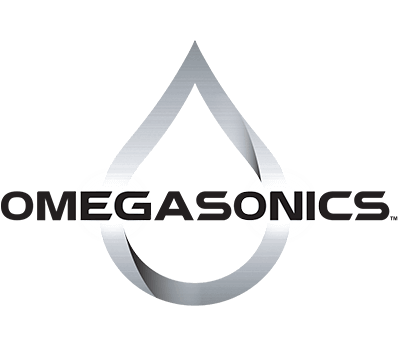In a previous post we examined the basics of ultrasonic cleaning, and learned how ultrasonic cleaners essentially “pressure wash” objects at the microscopic level. In this post, we take a closer look at the liquid medium used to transmit the ultrasonic sound waves and clean objects in industrial ultrasonic cleaners.
First, a brief review of ultrasonic cleaning. An ultrasound generator along with special transducers mounted to the bottom of a liquid-filled stainless steal bath, alternately compresses and expands the liquid between 25,000 and 130,000 times a second, depending on the application.
This, in turn, generates bubbles, which collapse at high speed, increasing the temperature of the liquid and producing a high energy liquid stream which collides with the surface of the object being cleaned. Essentially, the object is cleaned with a high energy jet spray at the microscopic level.
The choice of liquid for can have a significant effect on the performance of industrial ultrasonic cleaners. While water is most often the choice for ultrasonic cleaning, plain water can be augmented with detergents, or even replaced with other solvents in certain applications.
The video below shows how “chemistry detectives” can test different combinations of variables and chemistries to find the most effective ultrasonic cleaning recipe.
Adding detergents lowers the surface tension of the liquid which reduces the energy required to form bubbles. This can dramatically increase the cavitation, or process by which the bubbles collapse producing the high temperature liquid streams which clean the surfaces. The increased efficiency in producing this cleansing agitation along with the inherent cleaning properties of the detergent results in increased effectiveness of industrial ultrasonic cleaners.
The choice of cleaning medium (called the “chemistry”) is critical to the effectiveness of ultrasonic cleaning. The substrate – or material to be cleaned – as well as the kind of contaminants to be removed, are key factors to consider in selecting the cleaning chemistry. While water or detergents dissolved in water are the most common chemistry used in industrial ultrasonic cleaners, other solvents might by better suited for particular applications.
If you would like to learn more about ultrasonic cleaners, feel free to contact one of our ultrasonic cleaning experts toll free at (888) 420-4445 or visit our website.

